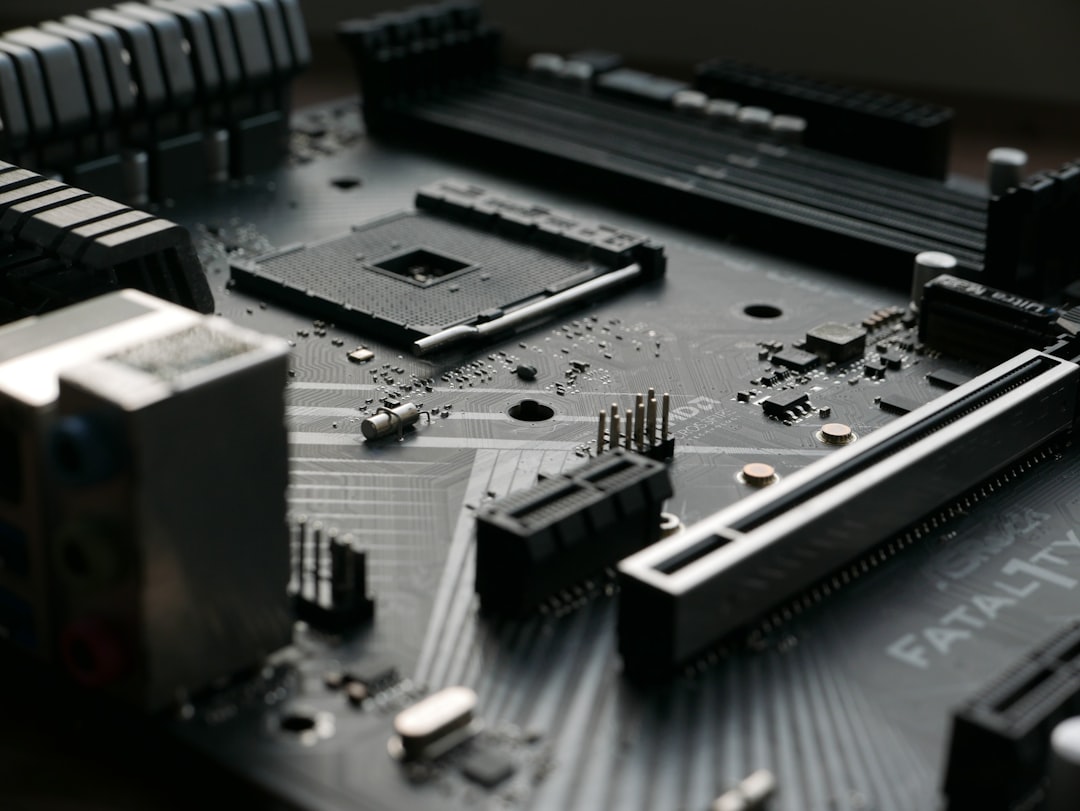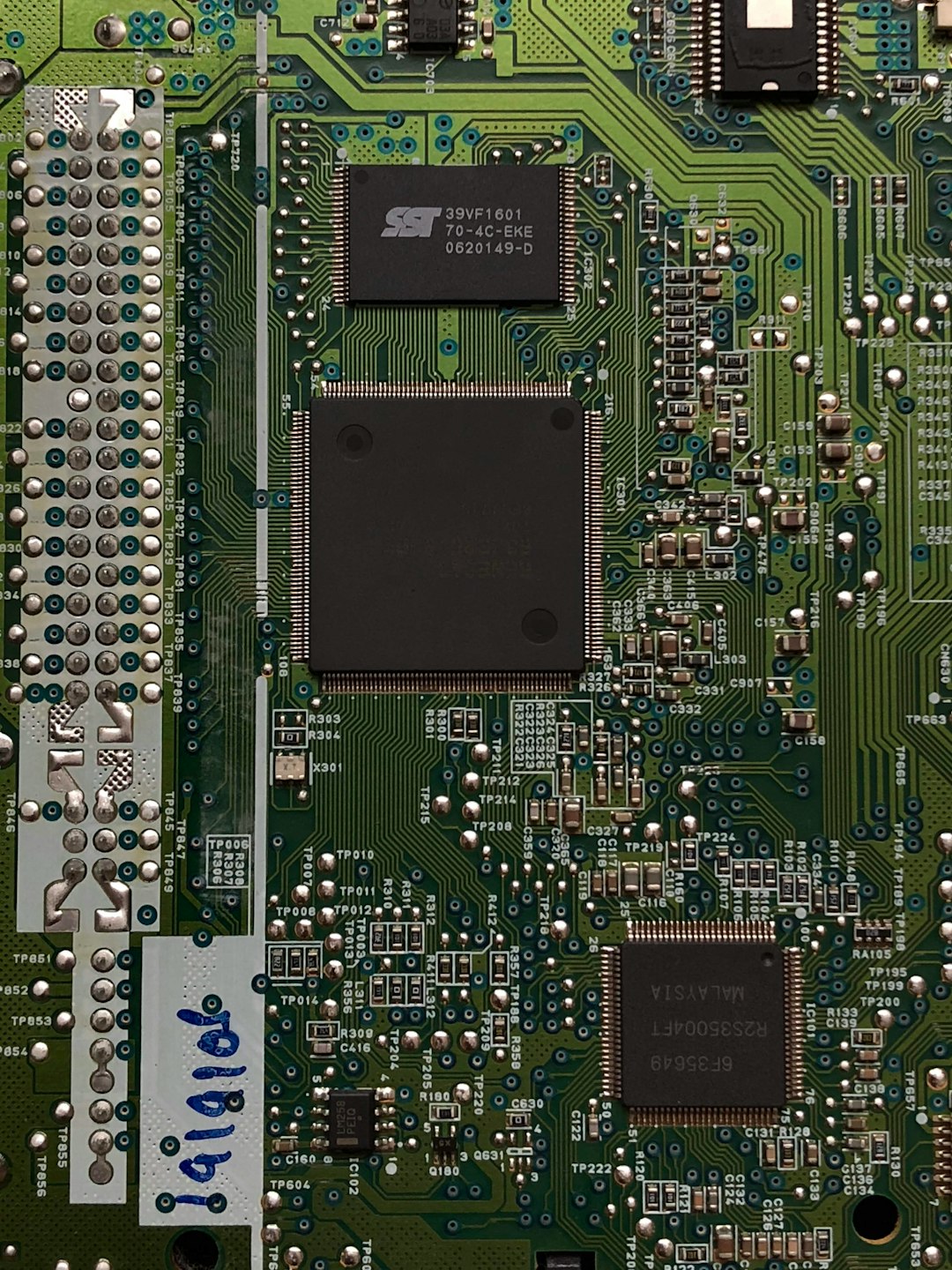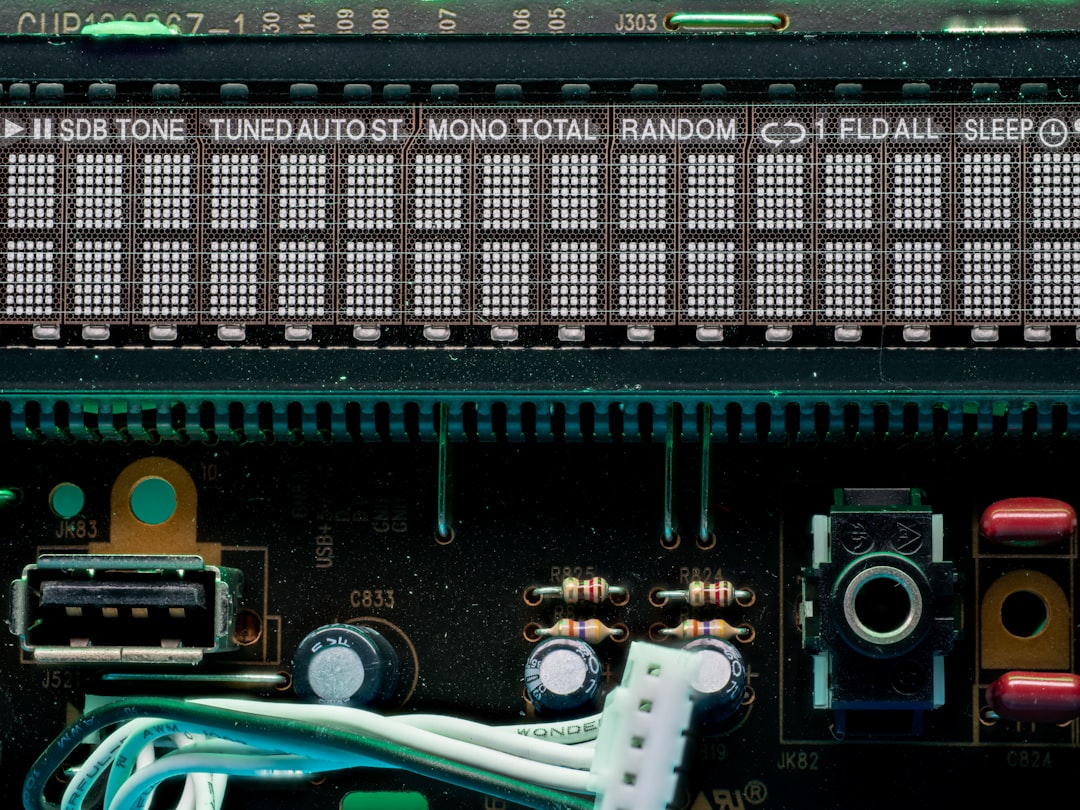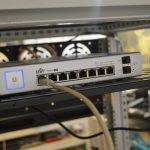When it comes to internal computer components and expansion capabilities, two commonly mentioned terms are PCI and PCIe. For new builders, hardware enthusiasts, or anyone upgrading their systems, understanding the difference between these two can be key in making informed decisions regarding compatibility and performance. While they might appear similar at a glance, PCI and PCIe are fundamentally different in design, speed, and usage.
In this article, we’ll break down what PCI and PCIe mean, how they differ, and when and why one is preferred over the other. So whether you’re upgrading a graphics card, installing a sound card, or just curious about how your computer communicates internally, this guide will give you a solid foundation.
Table of Contents
What is PCI?
PCI, or Peripheral Component Interconnect, is an older hardware interface introduced by Intel in 1992. It was widely used throughout the 1990s and early 2000s. PCI allowed internal components, such as network cards, modems, and sound cards, to communicate with the CPU and other parts of the computer.
Some key attributes of traditional PCI include:
- Parallel communication: PCI sends multiple bits of data simultaneously over multiple wires.
- Fixed speed: Speeds were limited, typically to 133 MB/s.
- Limited scalability: Adding more devices on the bus could lead to shared bandwidth and slower performance.
While revolutionary at the time, PCI eventually revealed limitations as the demand for faster data transfers grew with evolving applications and more powerful peripherals.

What is PCIe?
PCIe, short for Peripheral Component Interconnect Express, is the modern standard that has replaced PCI in most applications. Debuting in 2003, PCIe is a high-speed component interconnect designed to overcome the limitations of PCI. It does this by utilizing a serial communication system rather than a parallel one, offering significantly higher transfer rates and greater flexibility.
Salient features of PCIe include:
- Serial communication: Transfers data one bit at a time per lane—but at very high speeds.
- Lane scalability: PCIe slots come in configurations such as x1, x4, x8, and x16—where each “x” represents a lane capable of transmitting/receiving data simultaneously.
- Higher bandwidth: PCIe 3.0, for example, offers up to 1 GB/s per lane in each direction, and PCIe 4.0 doubles that.
PCIe has become the standard interface for high-performance components like GPUs, SSDs, and network cards.
Key Differences Between PCI and PCIe
Now that we’ve covered the basics, let’s dive into the specific distinctions between the two.
1. Architecture
The core difference lies in the architecture:
- PCI: Uses a shared parallel bus architecture, where all devices on the bus share bandwidth.
- PCIe: Employs a point-to-point serial connection with individual lanes per device, resulting in no bandwidth sharing.
2. Speed and Bandwidth
In terms of raw performance, PCIe far outpaces PCI:
- PCI: Tops out at about 133 MB/s (32-bit bus at 33 MHz).
- PCIe: Scalable speeds; PCIe 3.0 at x16 offers up to 16 GB/s total bandwidth, with newer versions pushing even higher.
This makes PCIe ideal for bandwidth-heavy applications like gaming, 4K video playback, and data-intensive computational tasks.
3. Physical Design
PCI and PCIe slots are physically different, making them incompatible without adapters:
- PCI: Long slot with uniform pins delivering a standard connection.
- PCIe: Comes in various lengths according to lane count (x1, x4, x8, x16), and slots are shorter or longer accordingly.

4. Compatibility
Because of the architectural and physical differences, PCI and PCIe cards are not interchangeable. You cannot insert a PCI card into a PCIe slot or vice versa unless you use a specialized converter (which may come with limitations).
5. Power Consumption
Newer PCIe devices often demand more power than their PCI counterparts. However, PCIe slots are designed to deliver more power directly through the motherboard, reducing the need for auxiliary cables in some configurations.
When Would You Use PCI or PCIe?
Given the modern dominance of PCIe, PCI is largely considered obsolete in new systems. However, there are still scenarios where PCI cards might be used:
- Legacy hardware: Older industrial machines, lab equipment, or specialized business systems may still rely on PCI components.
- Budget constraints: Some refurbished or low-cost systems may come equipped with PCI slots, making it easier to find replacement parts.
On the other hand, PCIe is used in virtually all modern PCs and motherboards. You’d use PCIe for:
- High-end GPUs: Games and 3D rendering rely heavily on PCIe connections.
- NVMe SSDs: High-speed storage devices use the PCIe bus for rapid read/write times.
- Modern expansion cards: From networking to sound, most new expansion cards are PCIe-based.
PCIe Generations: What You Need to Know
One notable advantage of PCIe is its evolving standards. Each new generation doubles the bandwidth of the previous one:
| Generation | Bandwidth (per lane) | Total for x16 Slot |
|---|---|---|
| PCIe 1.0 | 250 MB/s | 4 GB/s |
| PCIe 2.0 | 500 MB/s | 8 GB/s |
| PCIe 3.0 | 1 GB/s | 16 GB/s |
| PCIe 4.0 | 2 GB/s | 32 GB/s |
| PCIe 5.0 | 4 GB/s | 64 GB/s |
Motherboards and peripherals must support the same PCIe generation to take full advantage of speed improvements, though PCIe is backward and forward compatible in terms of functionality.
Closing Thoughts
The transition from PCI to PCIe marked a significant leap forward in computer hardware technology. Today, PCIe is the cornerstone of performance computing, adaptable across generations, and scalable for a wide array of uses. Although PCI still finds its place in niche or legacy environments, it is clear that PCIe defines the present and future.
Next time you’re installing an expansion card or evaluating hardware specifications, keep these differences in mind to avoid compatibility issues—and to make the most of your system’s performance potential.

Whether you’re assembling a cutting-edge gaming rig or supporting legacy systems in enterprise environments, knowing the difference between PCI and PCIe can help ensure stability, speed, and efficiency in your computing experience.




